The rhythmic clacking of wooden looms creates a soundtrack that’s echoed through certain villages for centuries—a living testament to skills passed down through generations who understood that true craftsmanship can’t be rushed. While industrial textile production has transformed most of the world, scattered communities still practice traditional weaving methods that transform silkworm cocoons into fabrics so fine they seem almost magical.
These villages represent more than just manufacturing centers; they’re cultural treasures where ancient techniques survive in our modern world. Visiting these places feels like stepping into a different era entirely. Here’s a list of 15 traditional weaving villages where centuries-old techniques still flourish today.
Banaras – Uttar Pradesh, India

Varanasi’s weavers have created legendary fabrics for over 2,000 years, though the intricate brocades and saris they produce today would make ancient craftsmen weep with admiration. Gold and silver threads dance through silk foundations in patterns so complex that a single sari can take months to complete—yet families here consider this normal Tuesday work.
The narrow lanes of the weaving district echo with loom sounds while children learn by watching their parents’ hands move in precise choreography that can’t be taught through books.
Suzhou – Jiangsu Province, China
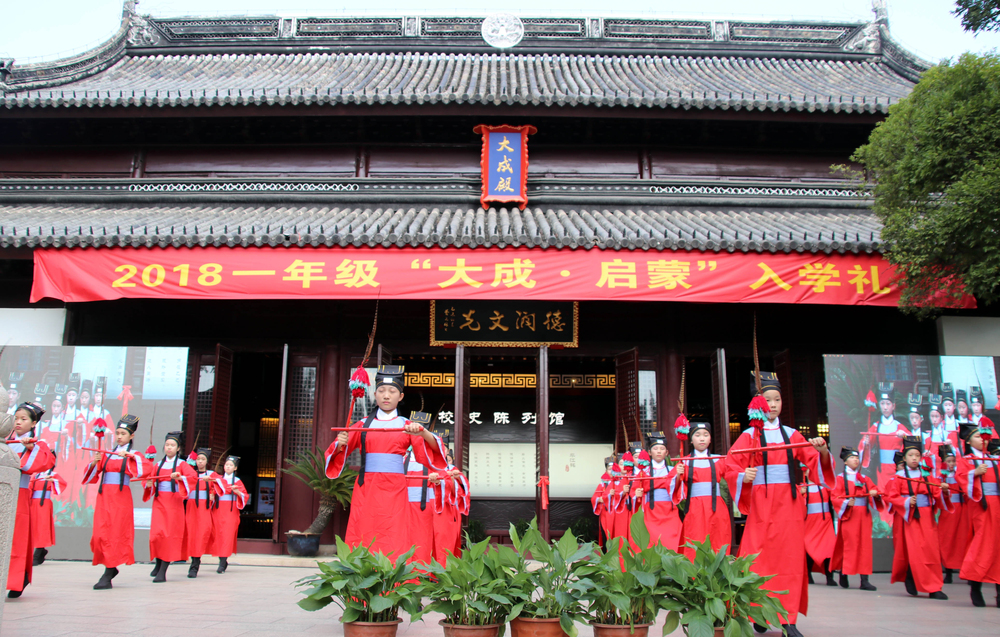
This ancient city near Shanghai has perfected the art of embroidery to such heights that UNESCO recognized it as an Intangible Cultural Heritage—silk threads become paintings that rival any masterpiece hanging in museums. Master embroiderers here can split a single silk thread into 48 strands, creating gradations so subtle they seem to glow with inner light.
Workshops throughout the old city continue training apprentices in techniques that require years to master, though the results justify every moment of patient practice.
Like Travel Pug’s content? Follow us on MSN.
Nishijin – Kyoto, Japan

Kyoto’s historic weaving district has clothed emperors and dressed geishas for over 1,000 years, developing techniques so refined that Nishijin textiles became synonymous with luxury throughout Asia. Traditional wooden looms still operate in family workshops where fourth and fifth-generation weavers create obi sashes and kimono fabrics using patterns that haven’t changed since the Heian period.
The neighborhood’s narrow streets house dozens of small ateliers where master craftsmen guard secrets passed down through bloodlines stretching back to medieval Japan.
Margilan – Fergana Valley, Uzbekistan
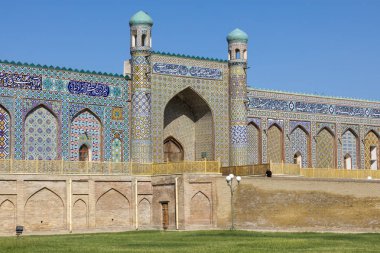
The ancient Silk Road trading hub continues producing some of Central Asia’s finest ikat fabrics—where threads are tie-dyed before weaving to create patterns that seem to shimmer and move in the light. Master weavers here work entirely from memory, calculating complex repeat patterns without written instructions while maintaining traditions that predate Islam’s arrival in the region.
Local mulberry groves still feed silkworms whose cocoons become the lustrous threads that have made Margilan famous across Central Asia for over a millennium.
Kanchipuram – Tamil Nadu, India
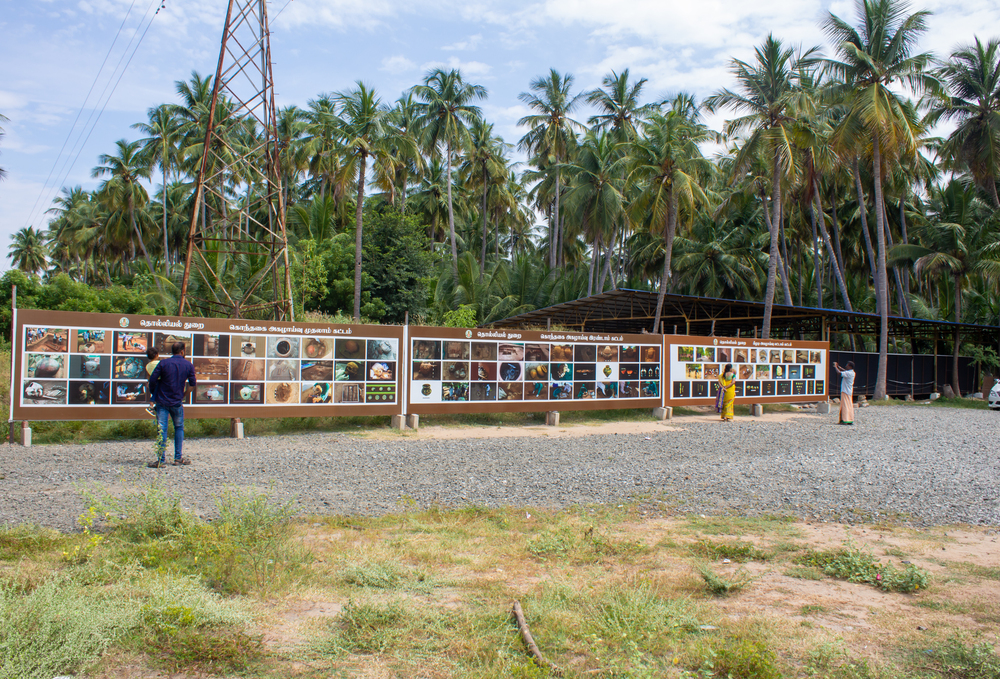
This South Indian temple town has woven silk for over 400 years, creating saris so revered that brides across India dream of wearing Kanjeevaram silk on their wedding day. Pure mulberry threads combine with real gold and silver wire in patterns inspired by temple architecture—each sari represents weeks of meticulous work by master weavers who learned their craft from childhood.
The town’s 5,000 looms operate in small family workshops where traditional songs help weavers maintain rhythm during long days of precise handwork.
Like Travel Pug’s content? Follow us on MSN.
Kom Ombo – Aswan, Egypt

Upper Egypt’s traditional weaving community creates textiles using techniques that pharaonic artisans would recognize, though modern weavers focus on contemporary applications of ancient skills rather than reproducing museum pieces. Local workshops still raise silkworms and spin their own thread while maintaining dyeing methods that use plants growing along the Nile River.
The village’s relative isolation has preserved knowledge that disappeared from more commercially developed regions, creating living connections to Egypt’s textile heritage.
Mysore – Karnataka, India
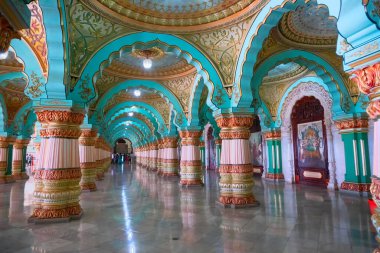
Karnataka’s former royal capital became famous for silk production under the patronage of Tipu Sultan, who established workshops that still operate using 18th-century techniques refined over generations. Pure mulberry silk gets transformed into fabrics known for their distinctive texture and lustrous finish—characteristics that result from specific local methods of reeling and weaving that remain closely guarded secrets.
The city’s weaving families often specialize in particular aspects of production, creating collaborative networks that have sustained the industry through political and economic changes.
Bukhara – Uzbekistan
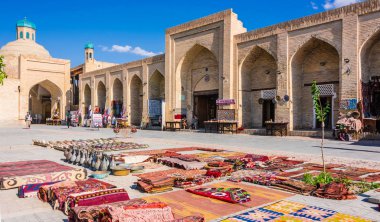
This legendary Silk Road city continues producing traditional Central Asian textiles in workshops that occupy the same neighborhoods where medieval merchants once traded precious fabrics for spices and precious stones. Local artisans create complex ikat patterns through resist-dyeing techniques that require mathematical precision to align properly during weaving, skills that take decades to master completely.
The city’s position at ancient trade route crossroads influenced design motifs that blend Persian, Turkic, and Chinese aesthetic traditions into uniquely Bukharan styles.
Like Travel Pug’s content? Follow us on MSN.
Asuke – Aichi Prefecture, Japan

This mountain village maintains Japan’s traditional tsumugi silk weaving techniques in workshops powered by water wheels that have turned for centuries—creating fabrics prized for their rustic beauty and incredible durability. Local weavers still raise their own silkworms and spin thread by hand, producing textiles with subtle irregularities that machine production can’t replicate.
The village’s commitment to traditional methods has earned it recognition as one of Japan’s most important craft preservation sites.
Damascus – Syria

Despite regional conflicts, Damascus maintains workshops where master weavers create the lustrous brocades that made Syrian silk famous throughout the Ottoman Empire and beyond. Traditional patterns incorporate calligraphy and geometric designs that reflect Islamic artistic traditions while demonstrating technical skills passed down through generations of craftsmen.
The industry’s survival represents remarkable resilience, as families have maintained their craft through centuries of political upheaval while adapting to changing market demands without compromising quality.
Pochampally – Telangana, India
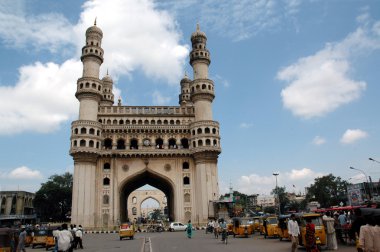
This Andhra Pradesh village has perfected ikat weaving to such levels that UNESCO recognized it as a Craft Heritage City, where entire families collaborate to create textiles that require precise coordination between multiple specialists. Thread dyeing, pattern planning, and weaving represent separate skills that must integrate perfectly to achieve the characteristic blurred patterns that make ikat so distinctive.
The village’s cooperative approach to production has sustained traditional methods while adapting to contemporary fashion markets that appreciate handcrafted authenticity.
Like Travel Pug’s content? Follow us on MSN.
Hotan – Xinjiang, China
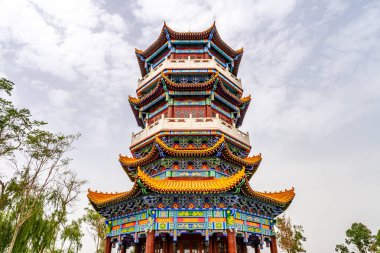
The ancient Silk Road oasis continues producing traditional Central Asian textiles using techniques that haven’t changed substantially since the Tang Dynasty established trade routes across the Taklamakan Desert. Local workshops still raise silkworms and process cocoons using methods that create the distinctive lustrous thread prized by weavers throughout Central Asia.
The town’s position between Chinese and Islamic cultural spheres has created unique design traditions that blend motifs from both civilizations.
Avanos – Cappadocia, Turkey
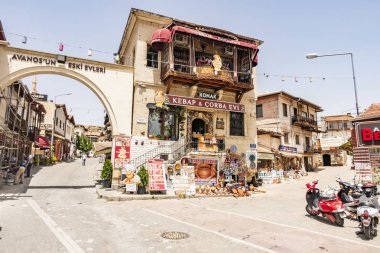
This Anatolian town has adapted traditional weaving techniques to create contemporary textiles that honor Ottoman-era patterns while meeting modern aesthetic preferences and practical requirements. Local workshops maintain historical dyeing methods using plants that grow in Cappadocia’s unique volcanic soil, creating colors that can’t be replicated elsewhere.
The community’s approach demonstrates how traditional crafts can evolve without losing their essential character or cultural significance.
Kumbakonam – Tamil Nadu, India
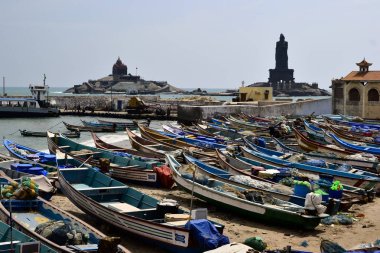
Tamil Nadu’s temple town specializes in creating silk textiles for religious ceremonies, maintaining weaving traditions that serve spiritual as well as aesthetic purposes within Hindu temple culture. Master weavers here understand the religious significance of specific patterns and colors, creating fabrics that meet strict requirements for temple rituals and festivals.
The town’s workshops operate as extended families where knowledge passes between generations through daily practice rather than formal instruction.
Like Travel Pug’s content? Follow us on MSN.
Banteay Srei – Cambodia

This village near Angkor maintains traditional Khmer weaving techniques that survived the country’s turbulent recent history through the determination of master craftsmen who refused to let ancient skills disappear. Local workshops have revived the production of traditional sampot textiles using patterns that decorated Angkorian sculptures, creating living connections to Cambodia’s golden age of artistic achievement.
The community’s focus on cultural preservation has attracted international support for maintaining traditional methods while developing sustainable economic opportunities.
Threads That Bind Past and Present
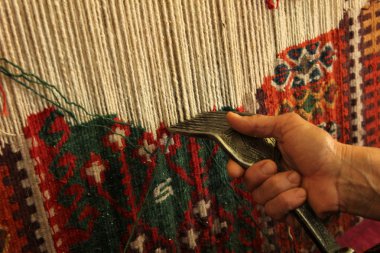
These remarkable villages demonstrate that traditional craftsmanship possesses an inherent value that transcends mere economic considerations—they preserve cultural knowledge, maintain community connections, and create objects of lasting beauty in ways that industrial production simply cannot match. Each location represents generations of accumulated wisdom about transforming natural materials into textiles that serve both practical and artistic purposes while maintaining techniques that connect contemporary communities to their ancestral heritage.
In our age of rapid technological change, these weaving villages remind us that some knowledge takes decades to acquire and centuries to perfect, creating irreplaceable cultural treasures that deserve protection and support. The rhythmic sounds of traditional looms continue echoing through these communities, proving that authentic craftsmanship will always find appreciation among people who understand the difference between mass production and masterful creation.
More from Travel Pug

- 20 Best Beach Towns in the Carolinas
- 13 Destinations Where Tourists Regularly Regret Their Trip
- 20 Destinations That Are More Magical Without an Itinerary
- 20 Underrated Adventures That Belong on Your Travel List
- 20 Cities Where You Should Just Wing It, No Planning Required
Like Travel Pug’s content? Follow us on MSN.w us on MSN.N.
